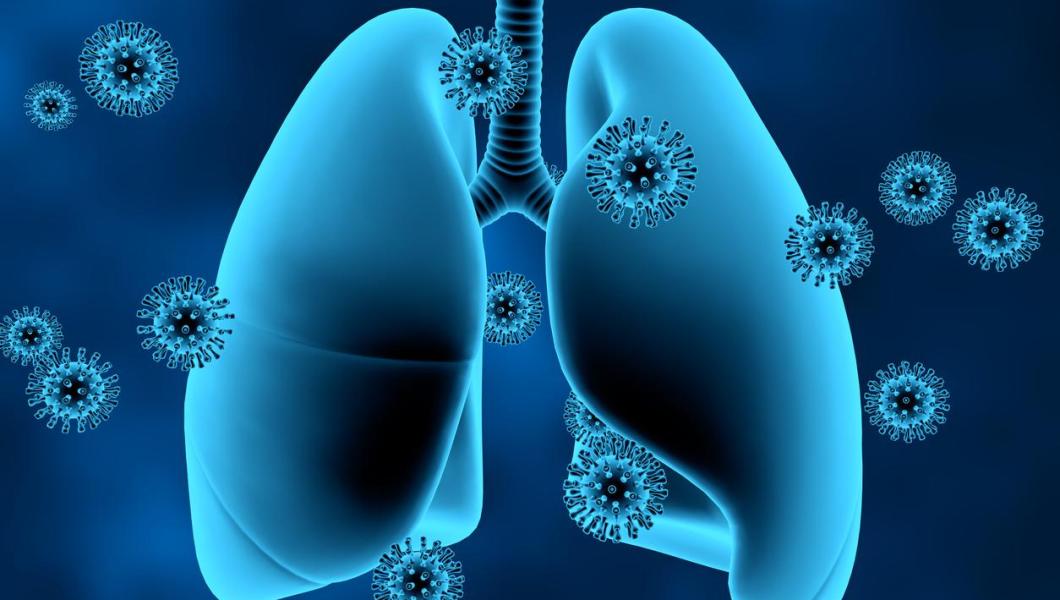NJIT-led Project 'Visualize Organic Chemistry' Gets Global Reaction

A new NJIT-led project is making learning about the abstract world of organic chemistry a fresher, interactive experience that students can now easily explore in hi-res action through their digital devices. Already, it’s created quite a reaction among young chemists and their teachers around the world.
The new web project, called Visualize Organic Chemistry (VOC), was launched in March by students in the research group of NJIT Assistant Professor of Chemistry Pier Alexandre Champagne.
As the name suggests, the site goes far beyond the familiar organic chemistry textbook illustrations of things like chemical structures or the complex mechanisms driving reactions. Instead, the project is offering high-quality graphical animations of molecules forming and breaking bonds during each chemical step. Users can witness reactions occur in fine molecular detail as they zoom in, slow down and rotate, all with the touch of a screen or click of their mouse.
And a growing global audience is taking notice. Since the launch, the website has already drawn thousands of visitors from more than 58 countries.
“Students often find that visualizing organic reaction mechanisms from the simple drawings we use in textbooks and lectures is difficult, and I felt the same way when I was learning the subject myself,” said Champagne. “Chemical reactions involve molecules, which are 3D objects, but what we teach students are simply 2D representations of those reactions. My group specializes in modeling organic chemistry using computational tools, so I thought we could solve this problem.”
Video: A phosphide anion performs an SN2 substitution reaction on chloroethane. Credit: Visualize Organic Chemistry
The idea led to a collaboration this past fall between Champagne and Joie Kelly, a senior at the Applied Technology High School in Paramus; NJIT undergrads Rebecca Zaki (Biology ’24) and Sean Larmore (Chemistry ’23); Floris Buttard, a postdoctoral researcher working with Champagne; and long-time collaborator professor Claude Legault from the Université de Sherbrooke.
“It’s so exciting to hear that so many have looked at and interacted with the website,” said Zaki, who has been computationally building chemical structures used in the animations on Visualize Organic Chemistry. “I believe there is such a need for this kind of platform by students everywhere. … As a biology student, I know it’s made confusing reactions and chemistry topics I’ve studied much easier to visualize and understand.”
“When I joined the team in September, I wasn't sure what to expect coming in as a high school student,” said Kelly, who joined Champagne’s team through an internship program offered at her high school. “I’ve learned so much since then about chemical reactions and the calculations that we’ve used to bring them to life. It makes me happy to think that future learners of chemistry will have this tool and I’m proud of the part I played.”
Together, the team has been generating real data based on Density Functional Theory (DFT) methods using Gaussian 16, a well-known computational chemistry software package, then translating the data into animation. The animations are then contrasted to regular representations of organic chemistry, so that the users can bridge the gap between “written” and “real” molecular structures.
Left: A typical reaction mechanism as presented in chemistry textbooks. Right: The computed transition structure – the high-energy structure the molecules have to reach in order to react.
"It’s been an incredibly valuable teaching experience being able to train the students in our group to do that," said Buttard. "They had to gain a deep understanding of the reactions and their mechanisms to produce relevant structures from these complex DFT calculations, and often they were working with reactions they hadn’t studied in class yet."
“Modeling chemical reactions is not yet at the plug-and-play level,” added Champagne. “Each animation takes many hours of behind-the-scenes work to optimize the structures along the reaction, which requires a significant dose of chemical intuition. Our innovation stems from the fact we are bringing these interactive 3D animations of reactions, which computational chemists have looked at for decades, to those who need it.”
The team has been steadily building their virtual library, starting with a dozen of the most famous chemical reactions now available on the VOC website, such as the SN2, E2, Friedel-Crafts and Diels-Alder reactions.
With hundreds of organic chemical reactions presented in sophomore-level textbooks, Champagne says the project will have plenty of room to grow as it’s incorporated in more chemistry classrooms around the world.
“As students join my research group and learn how to run calculations, they develop tutorials and practice on simple organic reactions,” said Champagne. “This work can be turned into the interactive animations on VOC, and our hope is that more students and teachers from across the world will use these animations to better understand, or teach, organic reaction mechanisms. There are too many reactions taught in organic chemistry for us to run out of work for a few years. ... Visualize Organic Chemistry is here to stay.”


